Before Mike Tyson’s Punch-Out!! became a household name, the Punch-Out!! series began in the arcades with flashing lights, wireframe opponents, and a unique dual-screen cabinet that turned heads in 1984. This wasn’t just another boxing game. It was a spectacle that combined skill-based gameplay with larger-than-life characters, setting the stage for one of Nintendo’s most beloved franchises.
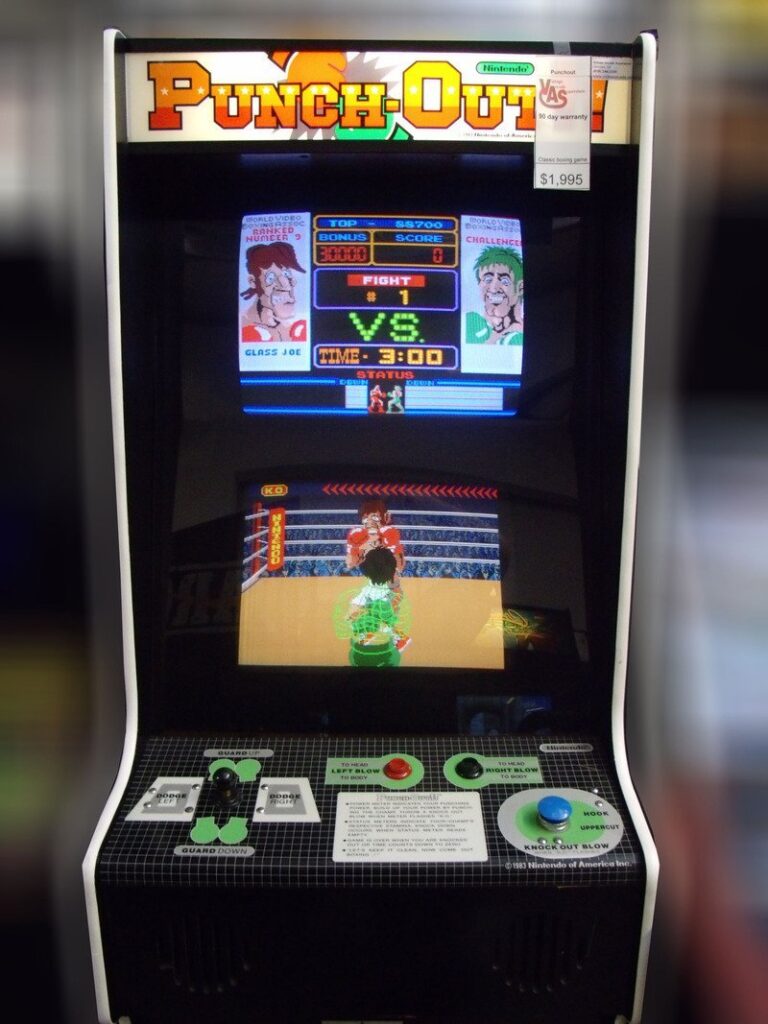
🎮 The Arcade Classic: Punch-Out!! (1984)
The original Punch-Out!! arcade game featured a green wireframe boxer as your character and allowed players to face off against a series of increasingly difficult opponents. Unlike other boxing games of the era, this one gave players a full view of the ring by placing the protagonist in a semi-transparent wireframe form. This clever solution let players dodge and punch without blocking the action.
The game featured two vertically stacked monitors. The top screen showed stats and animations like the crowd and referee, while the bottom screen was where the real action took place. This was partly a technical decision (Nintendo had a surplus of monitors at the time), but it gave Punch-Out!! a futuristic and flashy feel that stood out in arcades.
Players had to learn each fighter’s patterns and tells, timing dodges and counterattacks carefully. Every opponent had a gimmick and a rhythm, turning each match into a test of observation and reflexes. Fighters like Glass Joe, Piston Hurricane, and Bald Bull made their debuts here, though some would be redesigned in future versions.

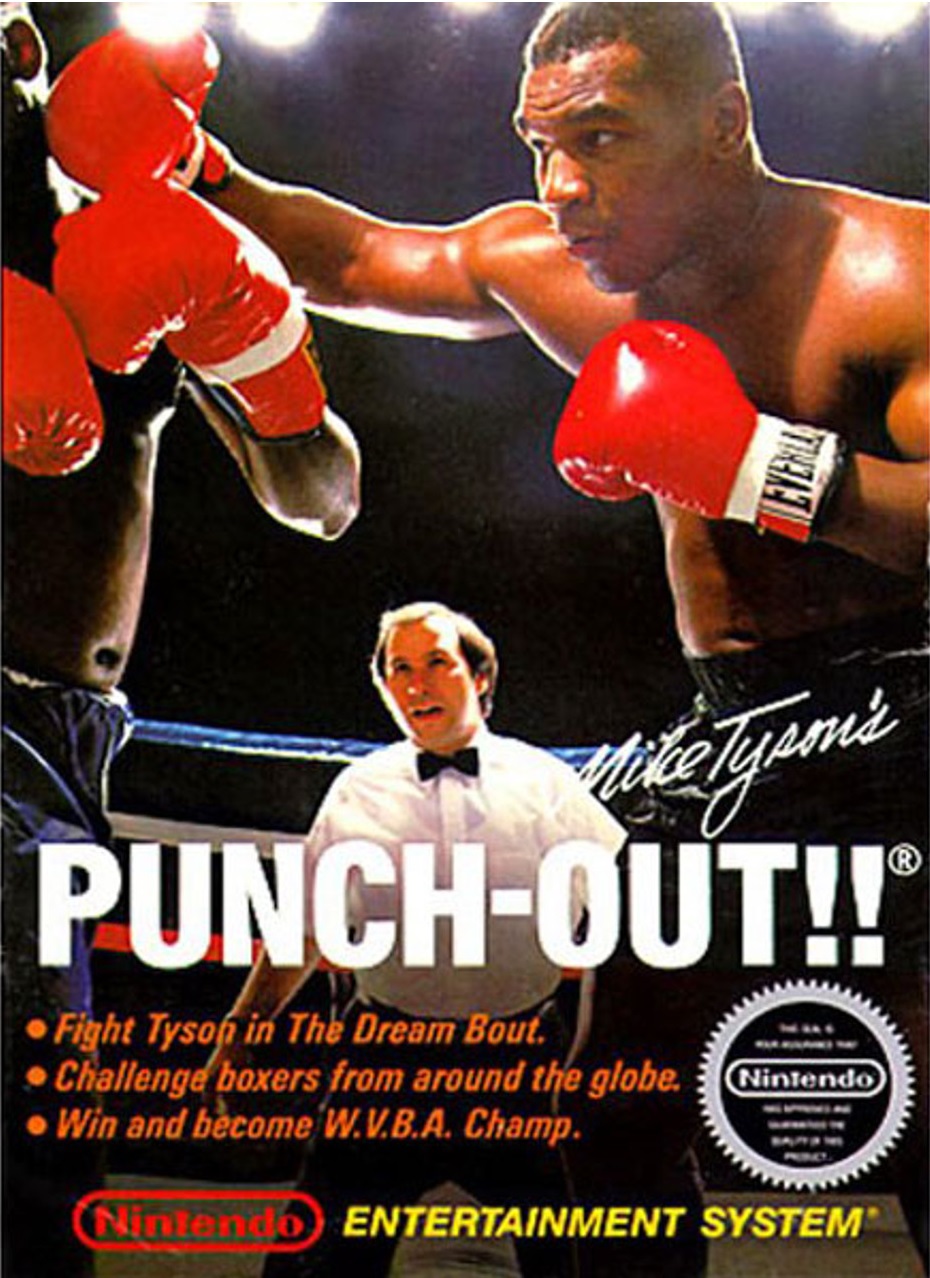
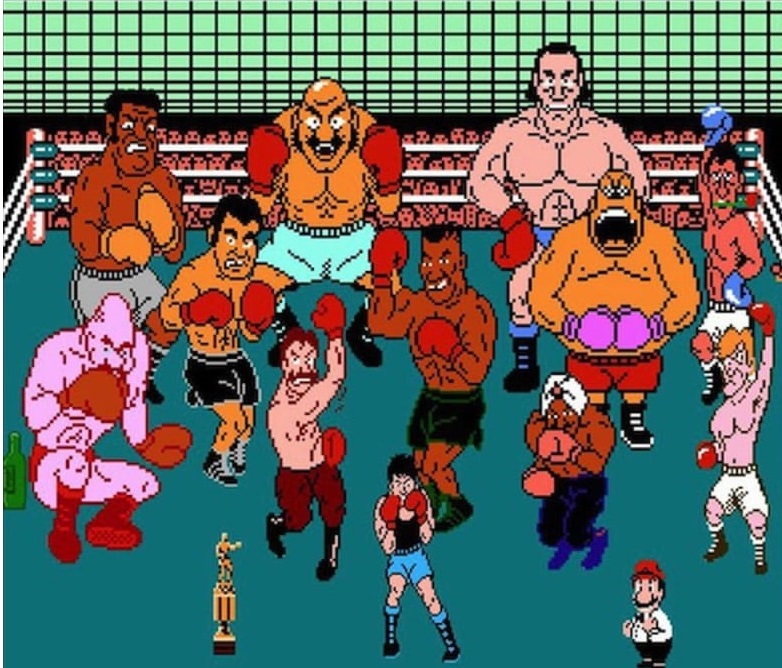
🏡 From Arcade to Home: The NES Reinvention
In 1987, Nintendo brought Punch-Out!! to the NES with a new twist. Instead of the arcade wireframe boxer, players now controlled Little Mac, an underdog from the Bronx working his way up through the World Video Boxing Association. The biggest change? The final boss was none other than real-world heavyweight champion Mike Tyson.
Mike Tyson’s Punch-Out!! kept the pattern-based gameplay but added more personality and storytelling. Little Mac had a tiny sprite to emphasize the scale of his opponents, and each fighter had their own music, intro animation, and fighting style. It became one of the most iconic NES titles of all time.
The NES version introduced characters like King Hippo, Don Flamenco, and Soda Popinski, and remixed several arcade opponents with even more flair. The goal was still the same: study each opponent, find their weaknesses, and land those all-important star punches at just the right time.
Not long after the game’s success, Nintendo’s licensing agreement with Mike Tyson expired in 1990. Rather than renewing the contract, the company chose to re-release the game with a new final boss: Mr. Dream, a fictional fighter who used the same moveset as Tyson but with a new look and name. This version, simply titled Punch-Out!! Featuring Mr. Dream, was identical in gameplay but marked the end of the Tyson branding. The change was partially due to the high cost of renewal and partly because Tyson’s public image had begun to shift. Despite the swap, the original Tyson version remains the most well-known and sought-after among collectors and retro fans.
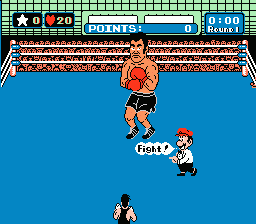
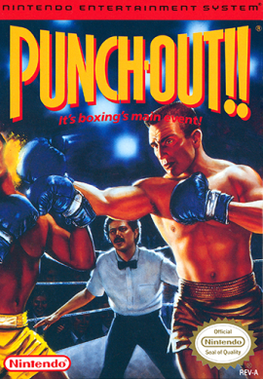

🥇 The Legacy of Punch-Out!!
Even after all these years, Punch-Out!! remains one of the best examples of Nintendo’s design philosophy. It looks simple, but rewards practice, timing, and smart play. The franchise would continue with Super Punch-Out!! on the SNES and eventually Punch-Out!! on the Wii, but the arcade original and NES version laid the foundation for everything that followed.
Speedrunners and retro fans still celebrate the game today. Whether you’re dodging Bald Bull’s charge or trying to beat Tyson in under two minutes, Punch-Out!! has a way of pulling players back in.
📖 Further Reading
Summoning Salt’s Speedrun Story (YouTube)
HoganReviews – Punch-Out!! NES Review
Mental Floss – 16 Hard-Hitting Facts About Mike Tyson’s Punch-Out!!
Stone Age Gamer – The Evolution of Punch-Out!!
Gemubaka – In the Lab: Little Mac’s Left Punch vs. Right Punch
